
As urban areas expand, encounters with wildlife are becoming more frequent. Learning to coexist peacefully with these animals is vital not only for their survival but also for the health of our urban ecosystems.
Here are some practical ways to live in harmony with urban wildlife:
Preventing bird strikes
A shocking number of birds hit windows every year as the glass reflects foliage or sky making it appear as a safe flight path. To help prevent bird strikes:
- Window treatments: Apply dense, high-contrast markings like decals, stickers, or tapes across the entire outside of the glass, with no gaps over 5 cm (2 inches) to prevent birds from flying through. For clear visibility, each marking should be at least 6 mm (1/4 inch).
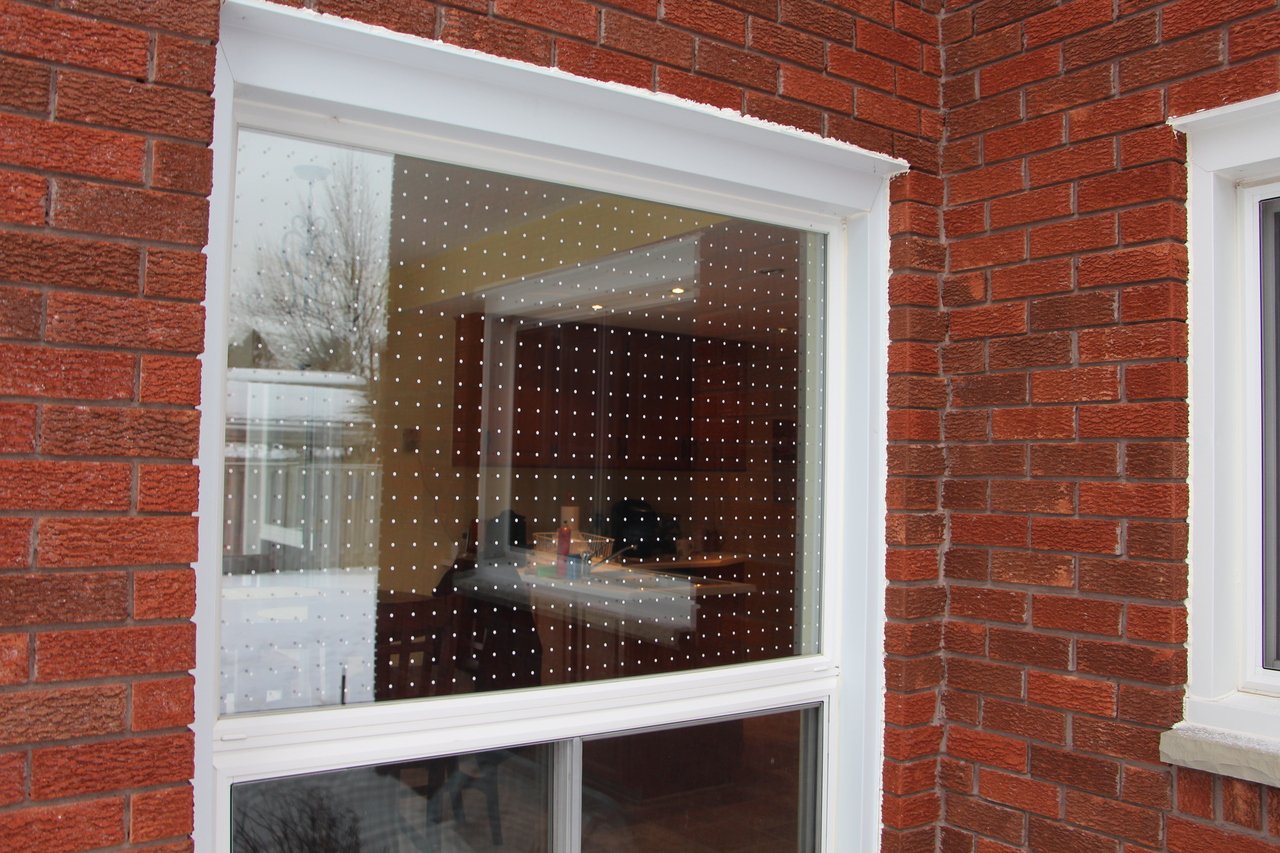 Photo: Julian Victor
Photo: Julian Victor
- Screens and netting: Install external screens or netting to help make the windows more visible and to cushion the blow if birds do hit.
- Feeder placement: Keep bird feeders and baths close to the window (within half a meter) to reduce the impact if a bird strikes the glass. (Don’t forget to keep your feeders clean! Clean and soak bird feeders and birdbaths in a 10% chlorine bleach solution every two weeks, rinse thoroughly, and dry before refilling.)
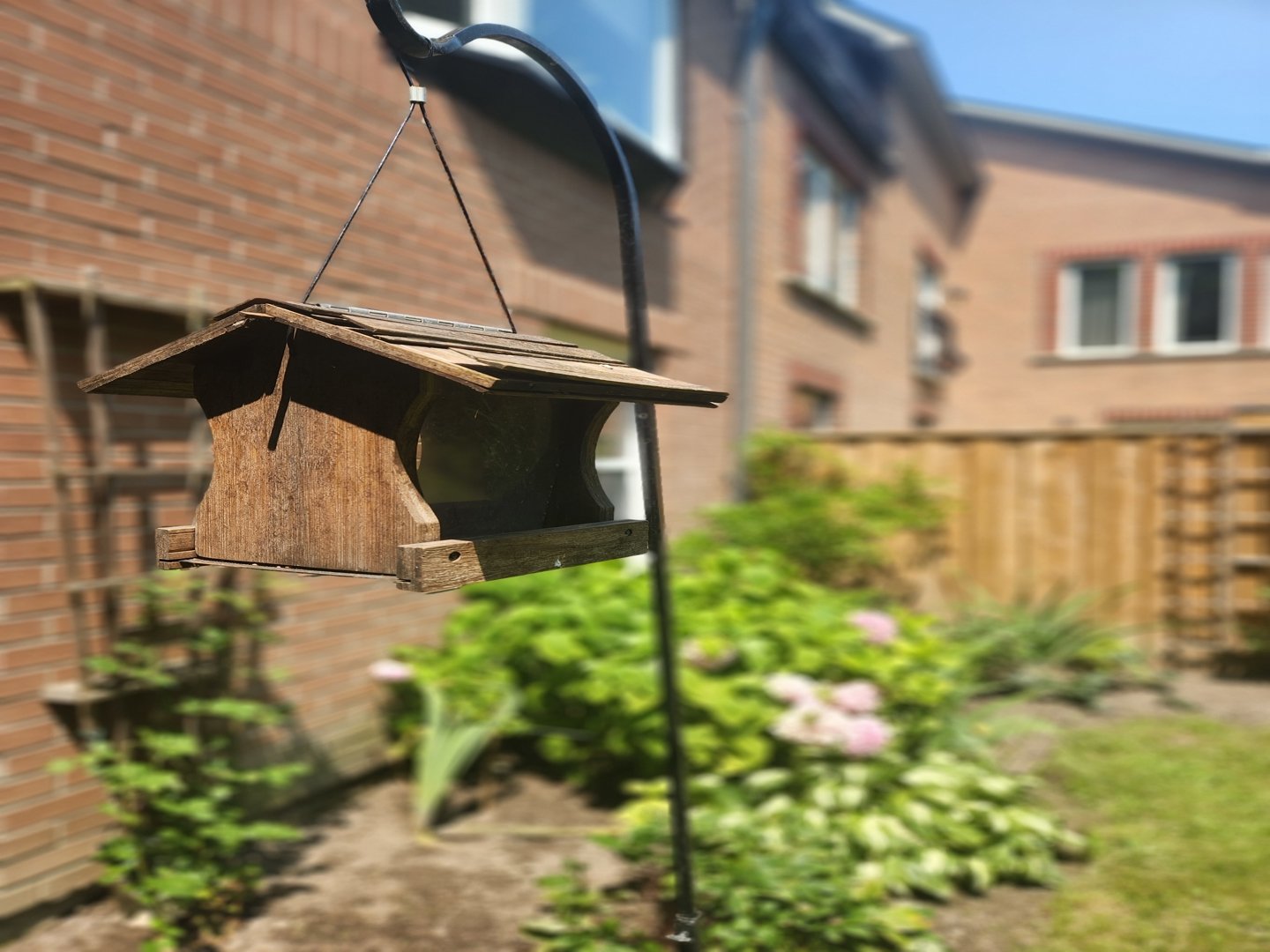 Photo: Julian Victor
Photo: Julian Victor
Coexisting with raccoons
Raccoons frequently seek food and shelter in cities, which can lead to trouble. To live peacefully with them:
- Secure trash: Use raccoon-proof trash cans with locking lids and avoid leaving garbage bags outside overnight.
- Remove food sources: Keep pet food indoors and clean up fallen fruits or nuts.
- Seal entry points: Inspect and seal any potential entry points to prevent raccoons from entering your home.
 Photo: Julian Victor
Photo: Julian Victor
Living in peace with squirrels
Squirrels can sometimes enter homes and cause significant damage. To coexist with them:
- Squirrel-proof feeders: Opt for bird feeders that prevent squirrel access.
- Tree maintenance: Trim branches overhanging your house to restrict roof access.
- Seal openings: Seal any exterior gaps or holes, especially around the roof, including capping chimneys.
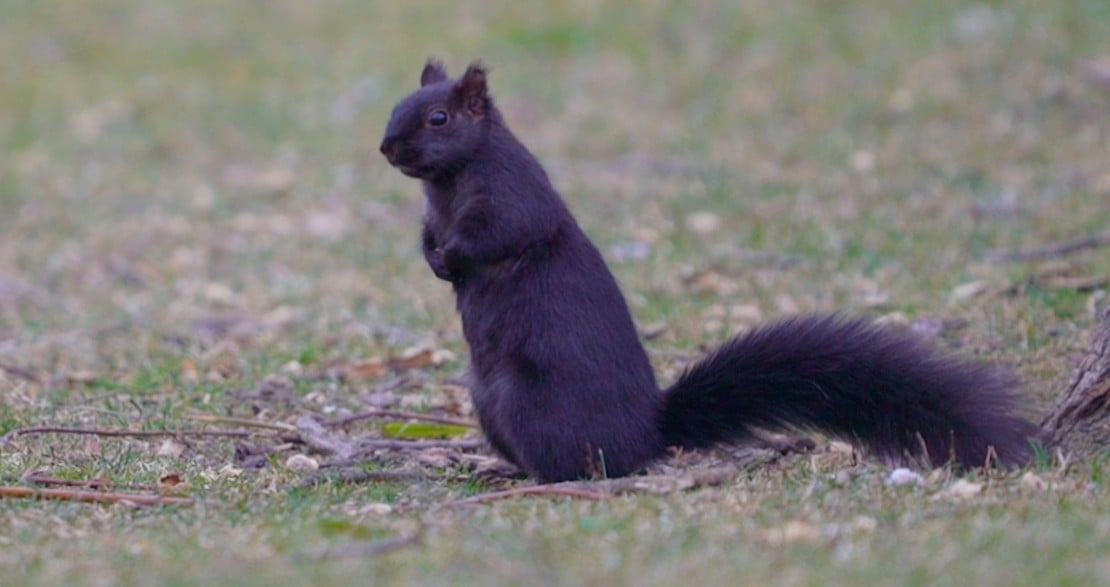 Photo: Julian Victor
Photo: Julian Victor
Living alongside foxes and coyotes
With foxes and coyotes becoming more common in urban areas, here’s how to live alongside them safely:
- Pet safety: Keep pets indoors when possible and supervised when outside, especially at night, and ensure any outdoor enclosures are properly secured. If you are worried about the safety of your pooch outdoors, there are spiky vests made specifically for protection from predators like coyotes.
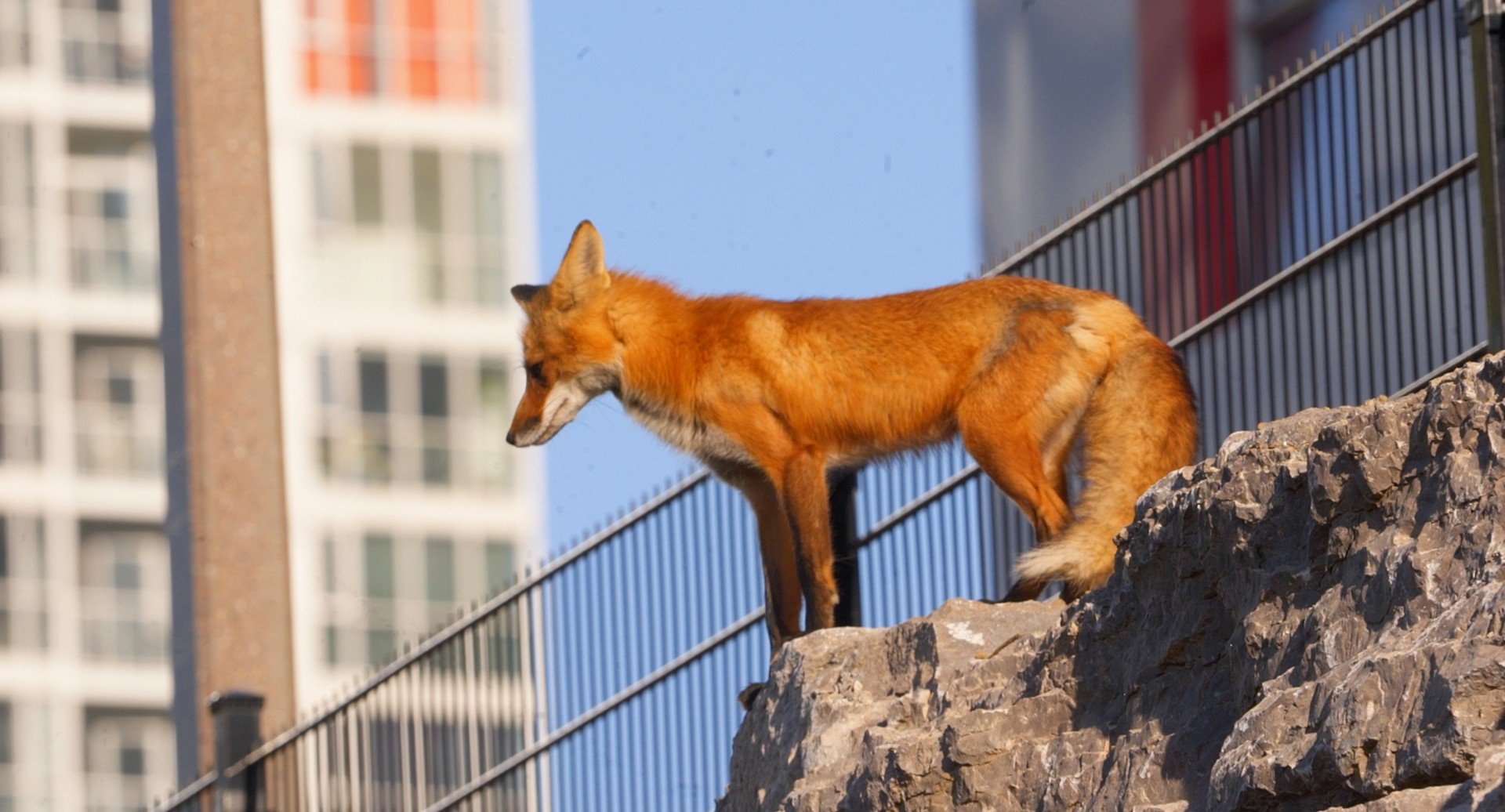 Photo: Julian Victor
Photo: Julian Victor
- Humane deterrents: Use motion-activated lights or sprinklers to deter foxes and coyotes from your yard.
- Encounters: If you encounter a coyote, stay calm, give them space, keep your dog close and back away without turning or losing eye contact. Never run as this may trigger them to chase you. If the coyote doesn’t leave, appear larger by raising your arms and yelling or clapping loudly.
 Photo: Julian Victor
Photo: Julian Victor
General urban wildlife conservation tips
- Respect wildlife space: Observe wildlife from a safe distance and avoid feeding them to prevent dependency.
- Pet management: Keep pets indoors and supervised when outdoors. Outdoor cats can threaten birds and small mammals.
- Habitat creation: Cultivate a wildlife-friendly garden using native plants that provide food and shelter, such as birdhouses, bat boxes and pollinator gardens.
- Avoid chemicals: Reduce pesticide and herbicide use to protect local wildlife.
- Support green infrastructure: Promote the creation of green roofs, wildlife corridors and other green spaces in urban areas.
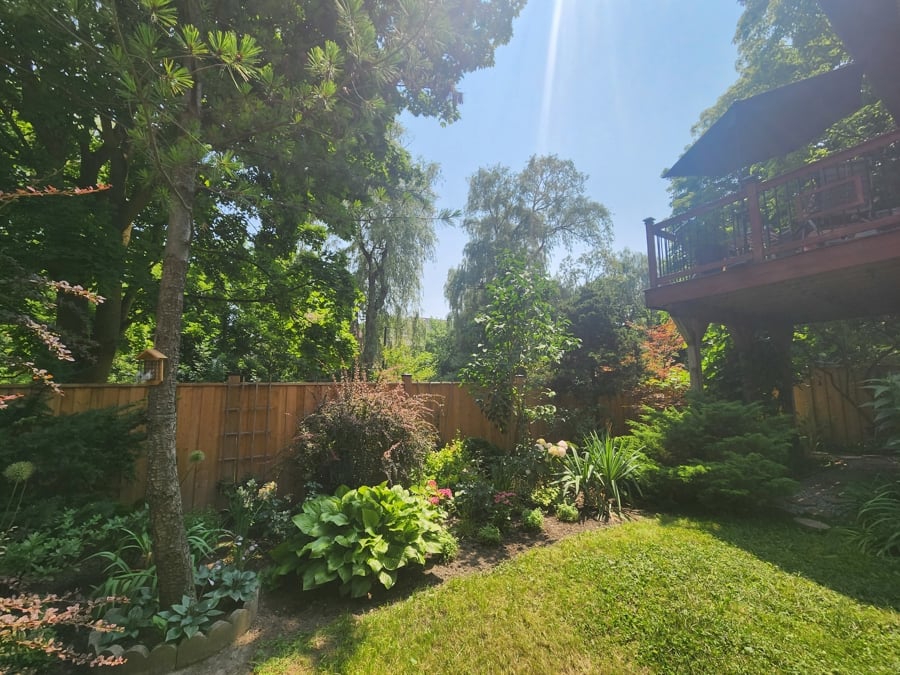 Photo: Julian Victor
Photo: Julian Victor
Following these tips creates a safer urban environment for wildlife, allowing us to enjoy nature in the city. Living harmoniously with these animals benefits them and enhances our urban ecosystem and community. Together, we can make our cities more welcoming for all species.